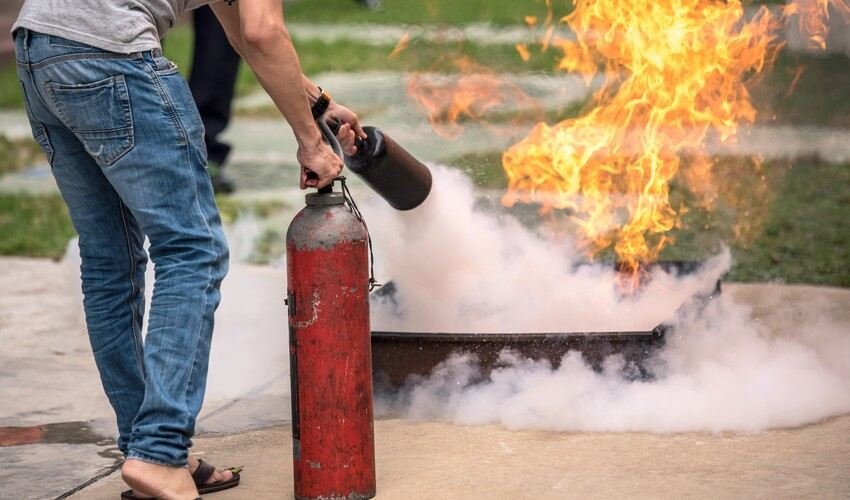There’s a strange irony in how society views women who “have it all.” The polished exterior, the organized calendar, the steady job, the smiling school drop-offs—everything looks fine. But beneath that composure, some women are quietly unraveling. Addiction doesn’t always look like chaos. Sometimes, it hides behind control.
The Illusion of Functionality
For many women, the idea of being “put together” becomes part of their identity. They’re the ones who handle everything—work deadlines, family responsibilities, relationships—and rarely ask for help. When stress builds, alcohol or prescription medication can slip in as the relief valve. At first, it’s subtle. A glass of wine after work turns into two. Anxiety medication becomes a crutch on difficult mornings. What makes it harder to detect is that life on the surface keeps running smoothly.
This is where the signs of addiction in women often go unnoticed. Instead of missing work, they overperform. Instead of isolating, they host book clubs or volunteer. Their ability to “keep it together” becomes the very thing that hides the problem. Many women internalize shame around needing help, fearing that admitting to addiction means failure. The stigma hits differently because it collides with the cultural expectation to be both strong and selfless.
The Perfection Trap
Perfectionism fuels much of this hidden struggle. From a young age, women are often taught to be competent, accommodating, and composed. That pressure doesn’t disappear in adulthood—it just changes shape. Many women describe feeling like they can’t drop a single ball without everything falling apart. So they push through the exhaustion, the anxiety, the inner noise. When they finally turn to substances, it’s not out of recklessness. It’s out of desperation to cope quietly.
That coping mechanism is rewarded at first. A little boost of calm. A good night’s sleep. Less irritability with the kids. But the balance eventually slips, and the substance starts to take more than it gives. The emotional fatigue deepens, and dependence builds behind the scenes. To the outside world, everything looks normal. Inside, it’s survival mode disguised as success.
Breaking Through the Shame Barrier
One of the hardest parts of addressing addiction in women is dismantling the shame attached to it. Many women say they felt they had to “earn” help—that their addiction wasn’t bad enough to deserve treatment because they were still functioning. That thinking traps them in secrecy.
The truth is that you don’t have to hit rock bottom to seek help. Recovery isn’t about proving how bad things got. It’s about realizing how much better things can be. When women finally open up—whether to a therapist, a trusted friend, or a healthcare provider—it’s often the first real exhale they’ve taken in years. They find that vulnerability doesn’t erase strength; it redefines it.
This is also where compassionate care comes in. Gender-specific treatment programs have become more aware of how emotional and psychological pressures differ for women. They often integrate trauma-informed therapy, hormonal health awareness, and family-centered recovery planning. These approaches recognize that healing isn’t just about detoxing the body; it’s about restoring identity, purpose, and self-worth.
The Path Toward Recovery
Recovery for women isn’t about trading one version of perfection for another. It’s about dismantling the illusion altogether. The goal isn’t to become the “perfectly recovered” woman—it’s to become a real one. That means acknowledging anger, sadness, and guilt without judgment. It means letting the façade drop, even if it shakes a few perceptions.
For women who are juggling everything, recovery can also look different logistically. Flexible womens mental health services as well as detox programs are helping bridge that gap. Many offer virtual sessions, childcare support, or outpatient options that fit around work and family life. These models make healing accessible without forcing women to abandon their daily responsibilities. It’s a more realistic, humane approach that meets women where they are instead of expecting them to pause life completely.
Therapy and detox are just one part of it. The rest is community—connecting with others who understand that resilience doesn’t mean pretending. Shared experiences replace isolation with belonging. The process of healing becomes less about withdrawal and more about re-engagement—with self, family, and purpose.
Where Strength Really Lives
The women who come forward to face addiction are not weak; they’re rewriting what strength looks like. They’re breaking through cultural conditioning that says success means silence. They’re proving that vulnerability is not a flaw but a kind of clarity.
What makes this transformation so powerful is that it’s often invisible at first. A woman decides to skip that nightly drink. She reaches out to a counselor. She admits she’s tired of hiding. Each quiet decision is a rebellion against the old story. And with time, those small choices add up to something extraordinary—a life that’s not about control but about connection.
A New Kind of Liberation
High-functioning addiction isn’t about a lack of discipline; it’s about the impossible pressure to hold everything together. The escape from that cycle begins with honesty, not shame. Women are learning to see that asking for help doesn’t diminish them—it gives them back their freedom.
The most liberating part? They realize they were never broken. They were just exhausted from living within limits that were never meant to fit them. When women step into recovery, they aren’t losing control. They’re finally reclaiming it, on their own terms.
Read Dive is a leading technology blog focusing on different domains like Blockchain, AI, Chatbot, Fintech, Health Tech, Software Development and Testing. For guest blogging, please feel free to contact at readdive@gmail.com.





